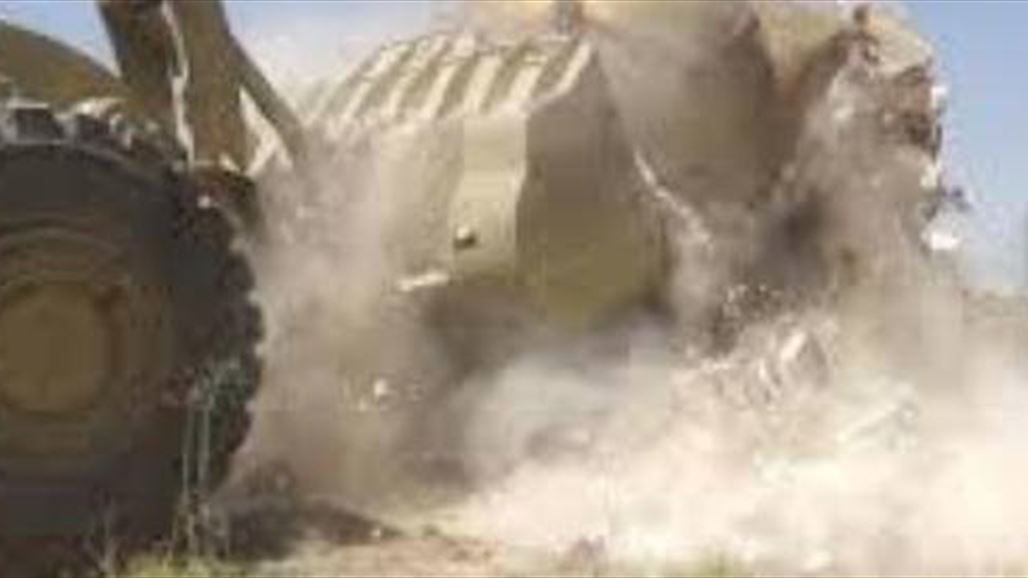 Islamic State fighters have looted and bulldozed the ancient Assyrian city of Nimrud in northern Iraq, the government and a local tribal source said.
Islamic State fighters have looted and bulldozed the ancient Assyrian city of Nimrud in northern Iraq, the government and a local tribal source said.The destruction at Nimrud came a week after the radical Islamist militants released a video showing them destroying Assyrian era statues and sculptures in the city of Mosul, which they seized in June last year.
Islamic State members came to the Nimrud archaeological city and looted the valuables in it and then they proceeded to level the site to the ground," the tribal source from near Mosul, where ancient Nimrud is located, told Reuters.

Entrance of the palace of King Ashurnasirpal II
"There used to be statues and walls as well as a castle that Islamic State has destroyed completely."
Iraq's Ministry of Tourism said the Islamic State militants were defying the world with their destruction of antiquities.
"They assaulted the ancient city of Nimrud and bulldozed it with heavy machinery, appropriating the archaeological attractions dating back 13 centuries BC," it said in a statement issued late on Thursday.

Assyrian relief in Nimrud.
In 612 BC, it was destroyed by the Medes of Northern Persia, at the same time as the fall of Nineveh.
The city has a four-side wall measuring 8 km, and several buildings raised on mud-brick platforms as much as 12 m high above river-level. Some of the buildings are: the temple of Ninurta, the north western palace (Assurnasirpal II's) and the south western palace (Esarhaddon's), Sargon's palace, and others, notably the ziggurat which looks rather like a conical hill with its remains rising to a height of 17 m. It originally had a square base, with most probably a spiral ramp like that of Samarra's spiral minaret (Al-Malweyya), leading to its upper levels.

Palace of Ashur-nasir-pal II.
Assurnasirpal II's palace, used to have an area of 200x130 m, consisting of administration, royal reception, and residential parts. The visitor entered the palace through a couple of doorways, between impressive statues showing two hawk-winged lions with human heads in Assyrian style. They were meant to be the guardians of the city.
One of the buildings was Esida chapel, the temple of Nabu, god of wisdom, arts, and sciences, son of the Babylonian god Marduk, built in 798 BC by the famous Queen Semiramis (Samuramat), mother of Adad-Nirari III (810-782 BC).


.jpg)


No comments:
Post a Comment